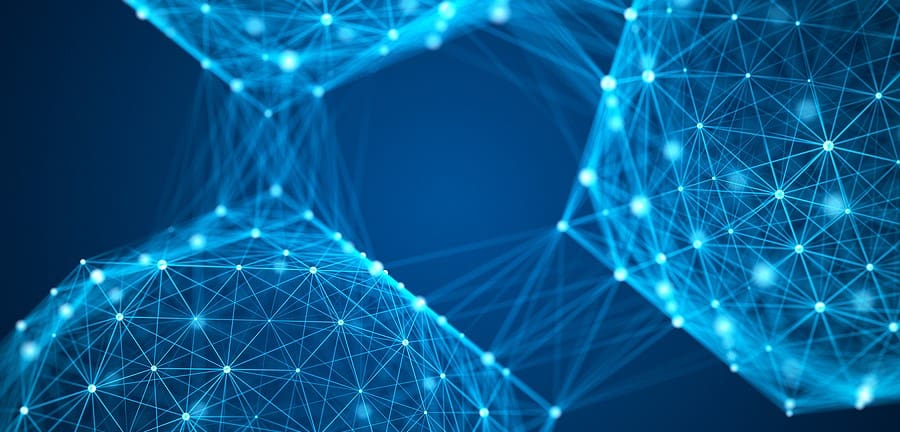
Artificial intelligence and machine learning have long made promises of revolutionizing the medical world. In the 1980’s and 1990’s, scientists working on rule-based expert systems, fuzzy logic and decision trees have been proclaiming the [soon-to-happen] superiority of AI. But after years of grandiloquent claims, AI fell short to its promises and quickly got pictured as a nerdy tool better adapted to academic research than to solve real clinical problems.
While many thought AI was dead for good, it recently came back (especially neural networks), giving decisive swings at decade-long medical problems. While some regarded that resurgence with skepticism 4-5 years ago, no one today can ignore the spectacular tools it brought to the community. This AI wave is more than the flavor of the day as it now percolates almost every aspect of the medical world [1].
Despite its apparent super-powers, AI is no magic. It is a family of algorithms designed to solve specific tasks. And like any algorithm, they have their pros and cons.
Why AI [and Neural Networks] Now?
One reason was underlined by Richard Sutton (a founding father of a branch of AI called “reinforcement learning”) [2]: “[…] the only thing that matters in the long run is the leveraging of computation.” What Dr. Sutton refers to is the famous Moore’s Law according to which the number of transistors per integrated circuit doubles every two years. An immediate corollary of this law is the exponential increase of processing power that now benefits AI.
A second reason is the no-less exponential increase of data and, in particular, labeled data. The market size of data collection and labeling has reached in 2019 a whopping value of 1 billion USD [5]. Experiments on 300 million images [6] revealed that the accuracy of deep neural nets increases logarithmically with the training set size. Said otherwise, the generalization capabilities of deep neural nets do not seem to have a plateau.
A third reason is the rise of deep neural networks and, in particular, convolutional neural networks (CNNs). Although discovered in the late 1980’s, it was in 2012, when the team of Geoffrey Hinton won the ImageNet challenge [3], that the CNNs set the prairie on fire. Since then, CNNs have been the tool of choice for analyzing images of all kinds.
What are Neural Networks Good at?
Despite what their name suggests, neural nets do not replicate how the human brain works. They are algorithms designed to make predictions based on input data. For example, neural nets can be good at predicting if a brain MRI contains a tumor or not. For that, they need to be shown a series of MRI with and without tumors on which to train on.
By their very nature, neural networks are specialized and cannot generalize to other tasks. As such, a neural net dedicated to the detection of tumors cannot be used to transcribe a report or process DNA structures. AI algorithms have their own structure which they cannot deviate from as well as strict criteria which they need to fulfill. Here are some of the most important ones:
- Every AI algorithm needs a clear goal to achieve. No AI can “discover things” on its own nor can it give itself a purpose.
- Most AI needs a set of labeled data that do not change over time. For medical image analysis, it means that the type of data (say MRI) cannot change over time (say to CT-scan)
- Machine learning algorithms often need a balanced set of data, for example, an equal number of MRI with and without tumor.
- They also need a consistent set of data. For example, the MRI images in a dataset need to have the same resolution, the same MRI modalities, etc.
Any problem that respects these criteria may be solved by an AI. As mentioned in [7], some of the most prominent applications of AI in healthcare are: disease diagnostics, drug development, personalized medicine, and gene editing. But it can go far beyond that with treatment recommendations, patient engagement, administrative activities, quality control, etc. A platform like the Edison OpenAI is a good illustration of this AI wave with view recognition applications, scan workflow improvement, and pneumothorax detection to name a few.
Open Problems
But AI has limits and ignoring it could lead to failure. Here are a few glaring issues of AI algorithms:
- AI are often ill-suited at dealing with heavy class imbalance. For example, an AI trained on a dataset made of 99.9% healthy subjects and 0.1% subjects suffering from a rare disease will tend to systematically detect healthy subjects (after all, it will be accurate 99.9% of the time!)
- Domain adaptation. The data acquisition protocols vary from a place to another. This leads to different types of data which AI algorithms have a hard time to cope with. The best example are MRI and ultrasound images whose signal varies systematically different from a hospital to another.
- Large datasets gathered from multiple hospitals often contain missing data. From an AI perspective, this leads to a dead end.
Conclusion
AI and neural networks are here to stay. Any application involving a well-defined input and a clear target ought to be driven by an AI sooner or later. But the wide use of these algorithms in our hospitals is still not for tomorrow. While AI algorithms are hard to get approved by the FDA, several promising solutions will never make it due to the limits we mentioned before. It will also take time for a wide use of AI as it needs to be accepted by clinicians in their daily life; it also needs to be integrated to the electronic health record systems; clinicians need to be properly trained; and health care centers need to accept to pay for it. The sheer amount of research[3] underlines how promising AI is and how far we are from overcoming all of its limitations.
About the Author:

Pierre-Marc Jodoin
Co-Founder, Imeka
Pierre-Marc Jodoin is a computer science engineer specialized in machine learning and medical imaging. He got his Ph.D in computer vision in 2007 from the University of Montreal, Canada. He then served as an invited researcher at Boston University working with prof Janusz Konrad. He later on became assistant professor in 2010 at the University of Sherbrooke, Canada. In 2011, he co-founded Imeka Solution inc. a world-leading company dedicated in the development of diffusion MRI and AI software to assess the white matter integrity. As of today, Dr. Jodoin is a full professor at the University of Sherbrooke and CSO of Imeka solution inc. His research is now oriented toward theoretical machine learning and the development of deep neural networks applied to brain and cardiac imaging.
Resources:
[1] R. Zemouri; N. Zerhouni; D. Racoceanu, Deep Learning in the Biomedical Applications: Recent and Future Status. Appl. Sci. 2019, 9, 1526.
[2] http://www.incompleteideas.net/IncIdeas/BitterLesson.html
[3] https://hai.stanford.edu/sites/default/files/ai_index_2019_report.pdf
[3] A. Krizhevsky; I. Sutskever, G. Hinton. “ImageNet classification with deep convolutional neural networks”, proc of NIPS 2012
[5] https://www.grandviewresearch.com/industry-analysis/data-collection-labeling-market
[6] C. Sun, A. Shrivastava, S. Singh, A. Gupta “Revisiting Unreasonable Effectiveness of Data in Deep Learning Era”. ICCV 2017
[7] www.gehealthcare.ca/en-ca/products/edison
[8] www.datarevenue.com/en-blog/artificial-intelligence-in-medicine